Active exploits target Sneeit plugin CVE-2025–6389 and ICTBroadcast CVE-2025–2611, enabling RCE, backdoors, and Frost DDoS botnet delivery.


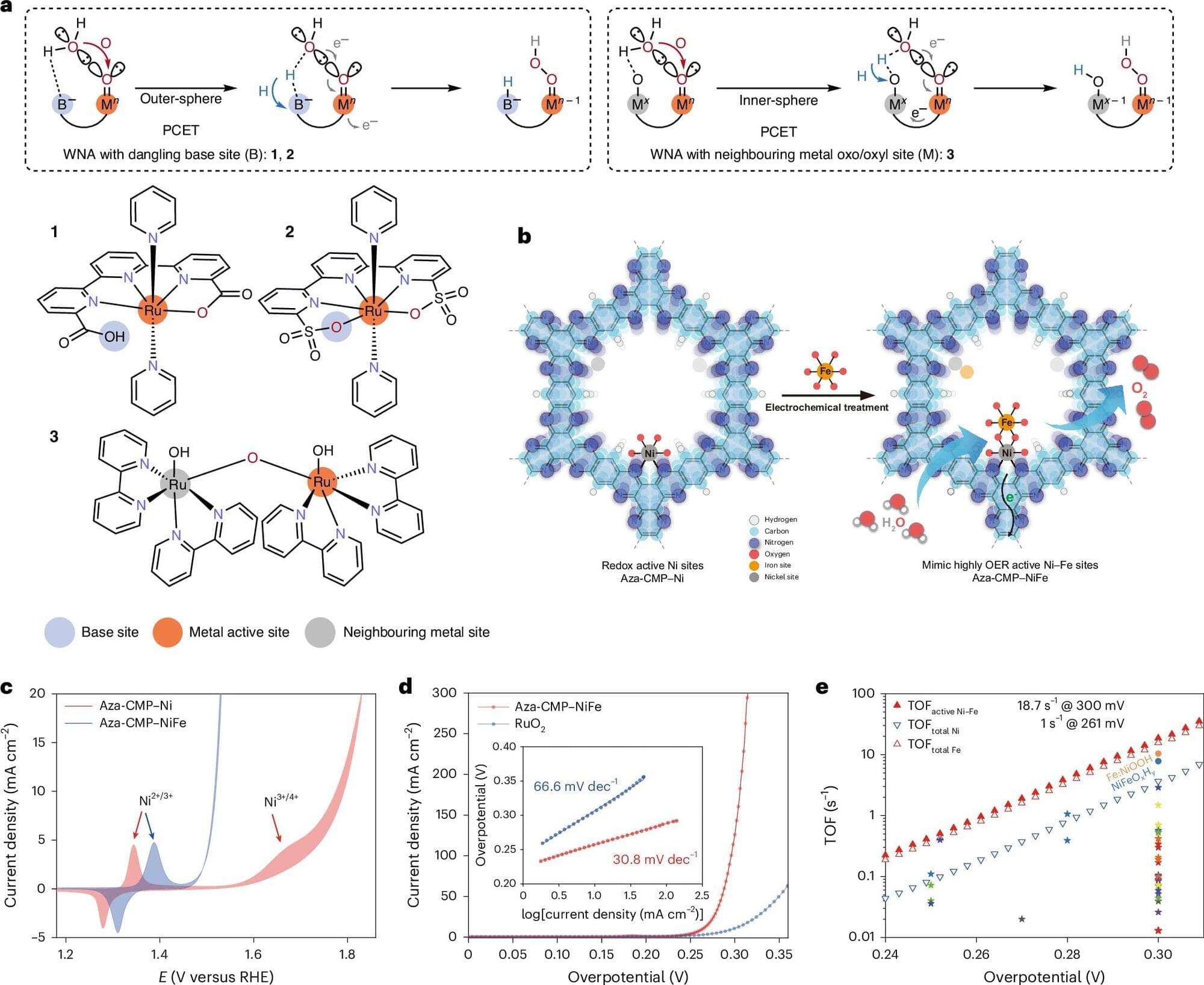
A recent advance in the science of hydrogen fuel production could enable higher output and more sustainable production of this renewable energy source, researchers with Stockholm’s KTH Royal Institute of Technology report.
The findings result from unprecedented atomic-scale observations of how catalysts perform in the slow and expensive process of water splitting, or breaking the bond of oxygen and hydrogen. Using a unique set-up, they were able to produce hydrogen gas at rates comparable to or faster than state-of-the-art conventional catalysts.
What’s more, the catalyst remained in good condition after extended operation—a positive sign for commercial viability.

Researchers from Skoltech, MIPT, and the RAS Institute of Nanotechnology of Microelectronics have achieved a five-fold increase in the capacitance of carbon nanowalls, a material used in the electrodes of supercapacitors. These are auxiliary energy storage devices used in conjunction with conventional accumulators in electric cars, trains, port cranes, and other systems.
A key characteristic of these devices, the capacitance of carbon nanowalls could be enhanced by treatment with an optimal dose of high-energy argon ions. The research is published in Scientific Reports.
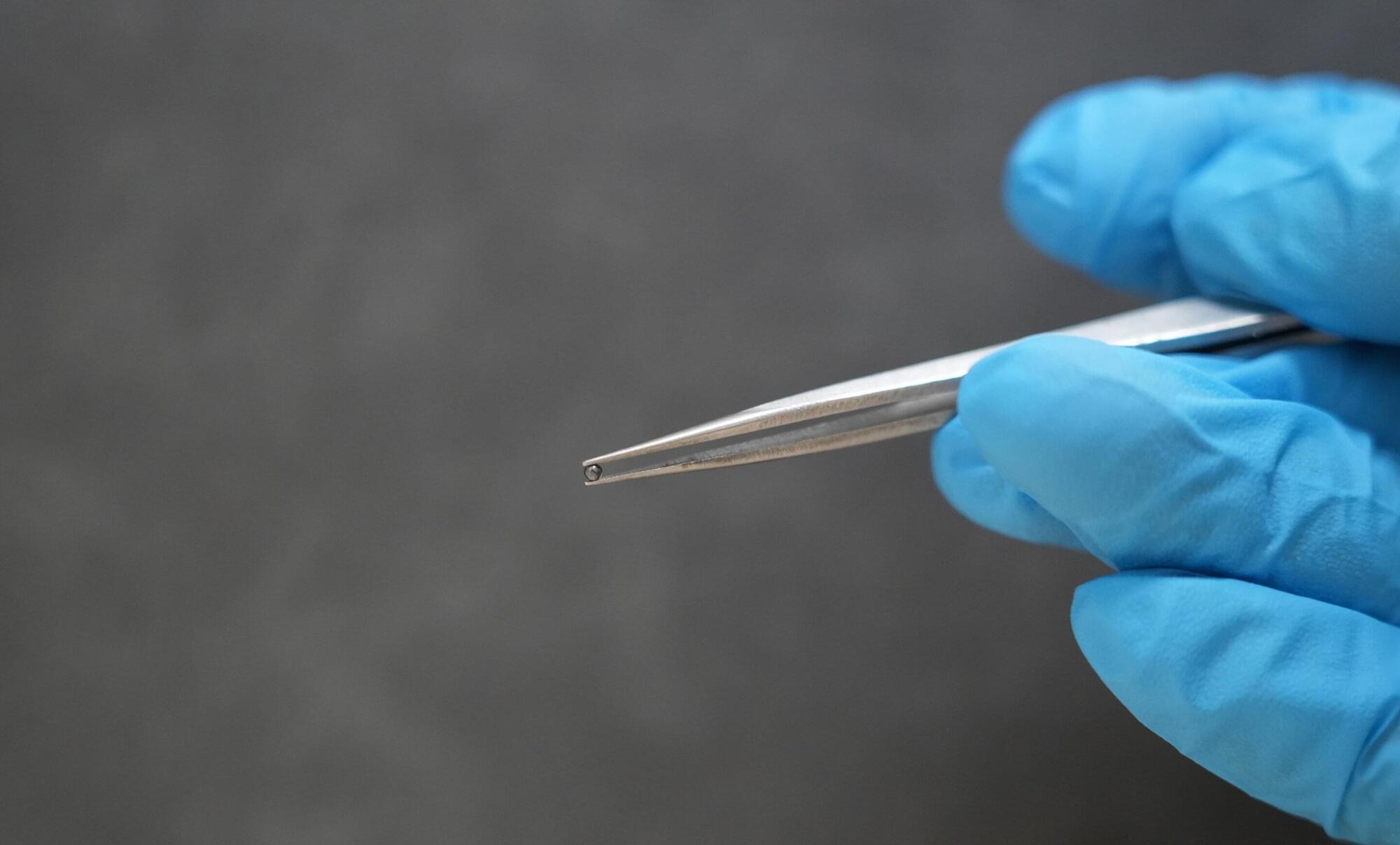
A collaborative research team from the Institute of Solid State Physics, the Hefei Institutes of Physical Science of the Chinese Academy of Sciences, has discovered a high-energy-density barocaloric effect in the plastic superionic conductor Ag₂Te₁₋ₓSₓ
“This material shows a volumetric barocaloric performance far beyond that of most known inorganic materials,” said Prof. Tong Peng, who led the team, “Its high energy density makes it well-suited for smaller and lighter cooling devices.”
The findings were published online in Advanced Functional Materials.
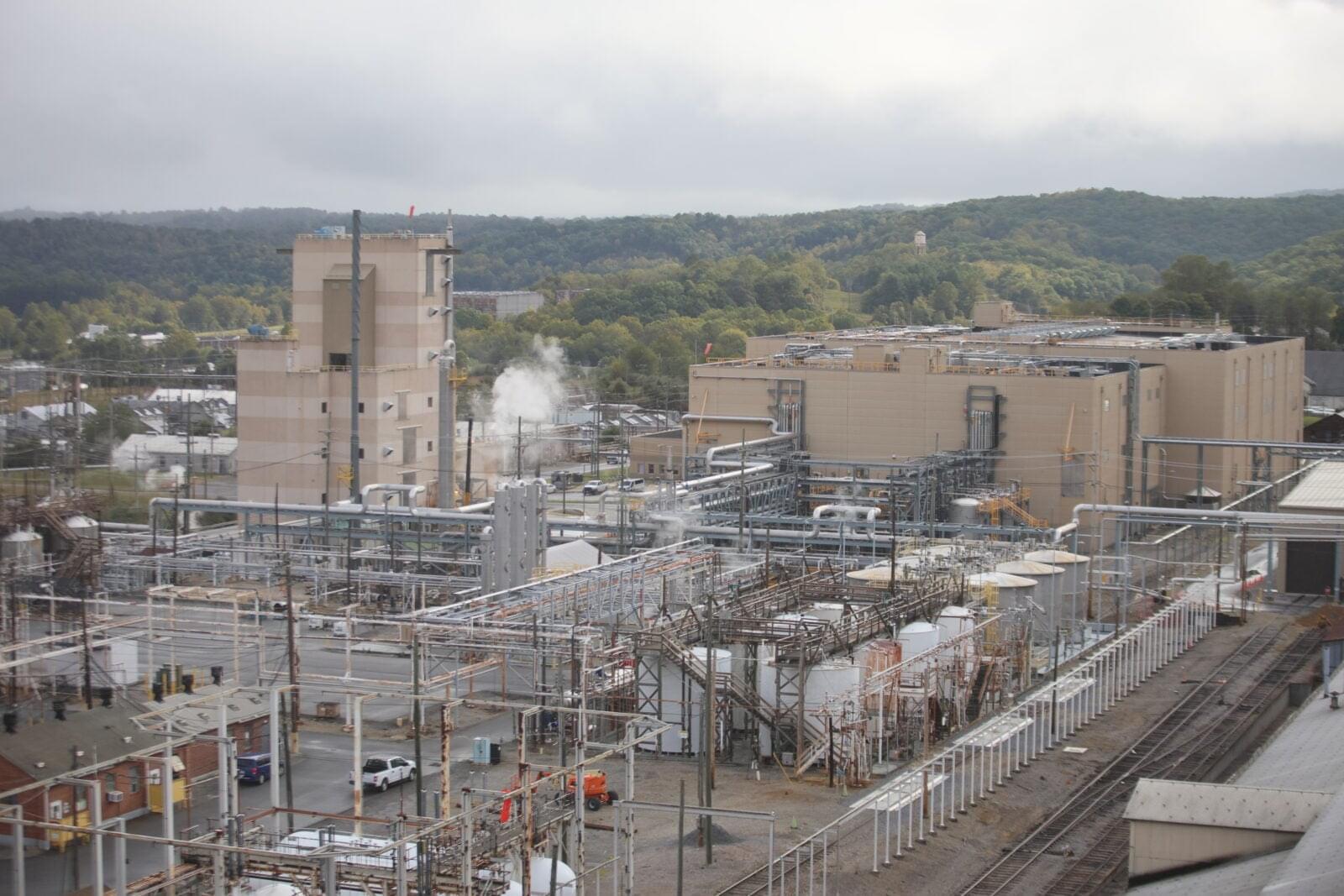
A top-secret US government body called the Defense Advanced Research Projects Agency (DARPA) has launched a new solicitation seeking proposals for a high-rate, energy-efficient method of producing nitric acid directly from air and water.
The initiative, known as the High-Efficiency Nitrogen Oxidation, or HNO3 program, is aimed at protecting critical U.S. defense-industrial supply chains and reshaping how energetics are produced in contested environments.
According to DARPA, the agency is requesting “innovative proposals in the foundational technologies to enable high-rate, energy efficient, decentralized nitric acid manufacturing to protect critical supply chains in the defense industrial base.”
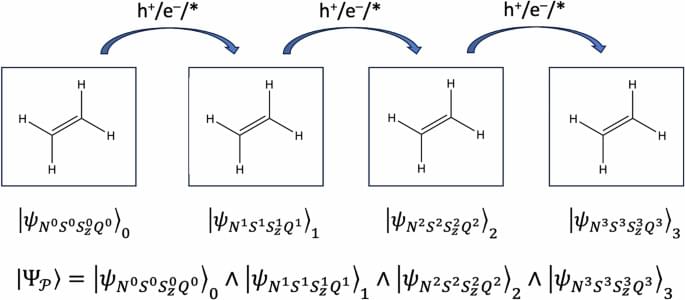
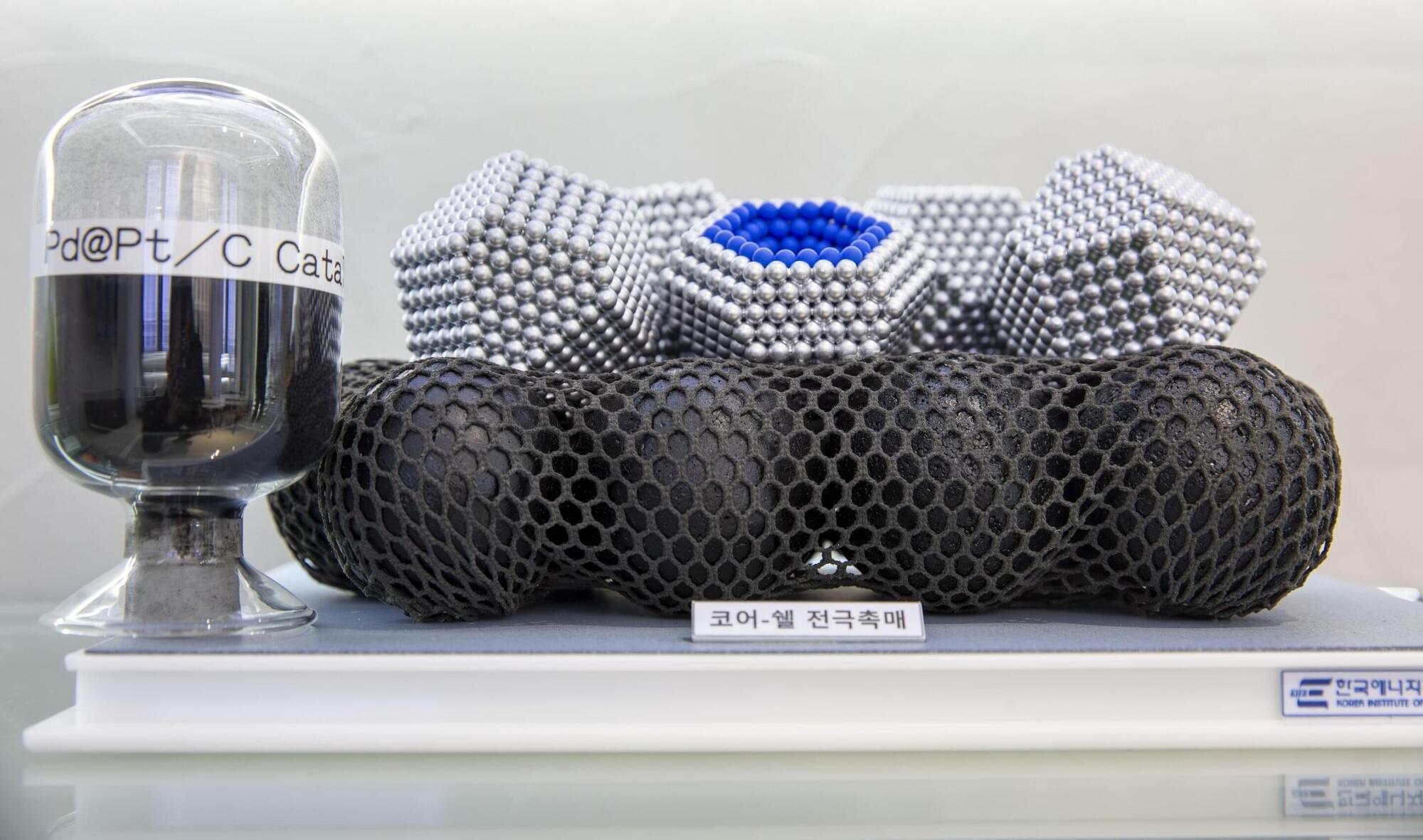
Researchers have developed a technology that uses carbon monoxide, typically harmful to humans, to precisely control metal thin films at a thickness of 0.3 nanometers. This technology enables faster and simpler production of core–shell catalysts, a key factor in improving the economic viability of fuel cells, and is expected to significantly boost related industries.
The findings are published in the journal ACS Nano. The team includes Dr. Gu-Gon Park, Dr. Yongmin Kwon, and Dr. Eunjik Lee from the Hydrogen Fuel Cell Laboratory at the Korea Institute of Energy Research.
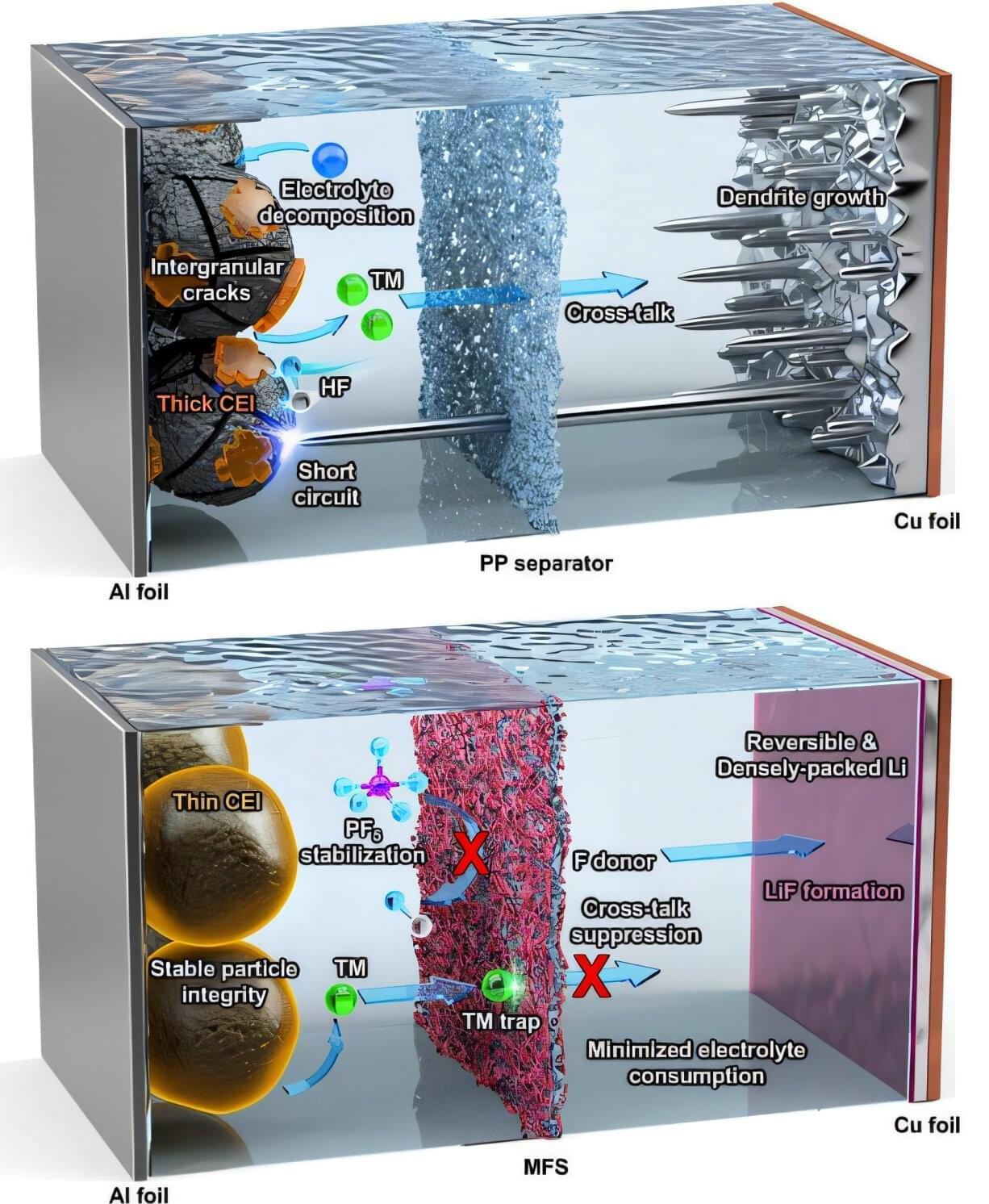
A team of Korean scientists has developed a separator technology that dramatically reduces the explosion risk of lithium batteries while doubling their lifespan. Like an ultra-thin bulletproof vest protecting both sides, this molecularly engineered membrane stabilizes both the anode and cathode in next-generation lithium-metal batteries.
The joint research, led by Professor Soojin Park and Dr. Dong-Yeob Han from the Department of Chemistry at POSTECH, together with Professor Tae Kyung Lee of Gyeongsang National University and Dr. Gyujin Song of the Korea Institute of Energy Research (KIER), was recently published in Energy & Environmental Science.
Conventional lithium-ion batteries, which power today’s electric vehicles and energy storage systems, are approaching their theoretical energy limits. In contrast, lithium-metal batteries can store about 1.5 times more energy within the same volume, potentially extending an electric vehicle’s driving range from 400 km to approximately 700 km per charge. However, their practical use has been hindered by serious safety issues.
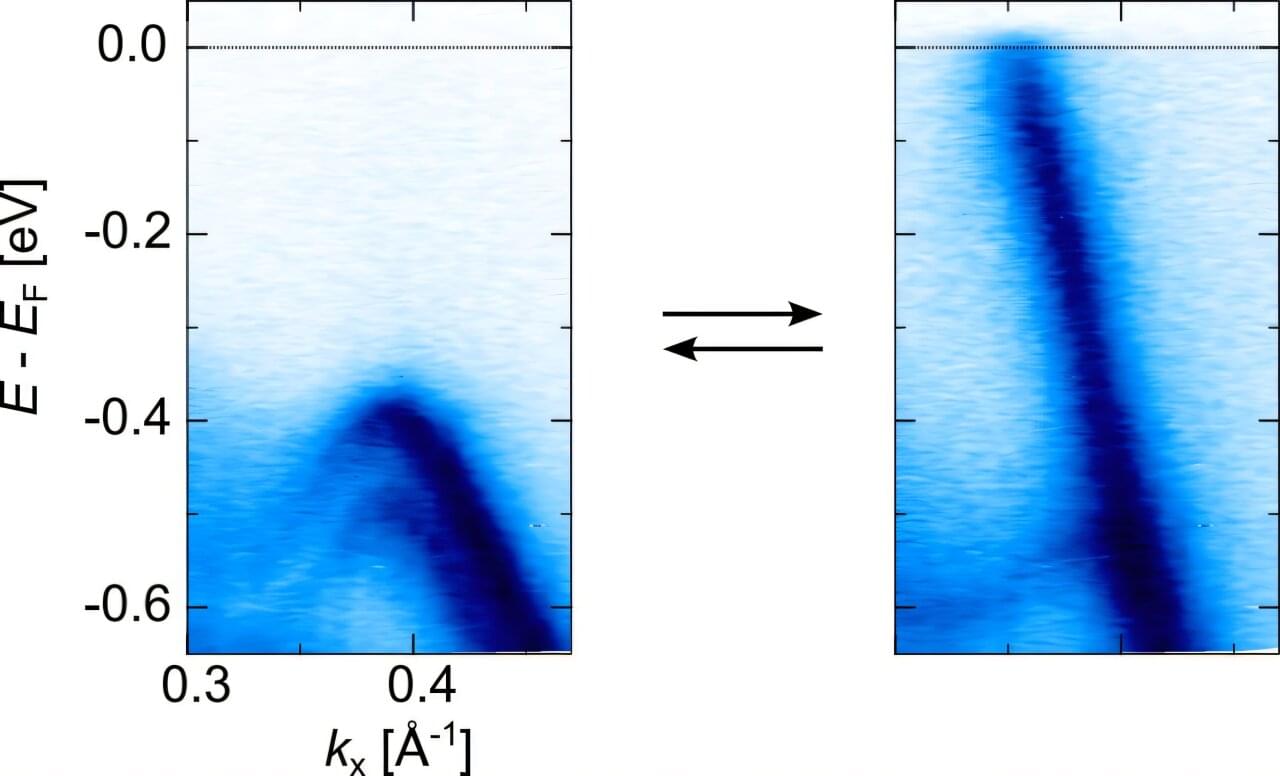
University of British Columbia (UBC) scientists have demonstrated a reversible way to switch the topological state of a quantum material using mechanisms compatible with modern electronic devices. Published in Nature Materials, the study offers a new route toward more energy efficient electronics based on topologically protected currents rather than conventional charge flow.
“Conventional electronics involve currents of electrons that waste energy and generate heat due to electrical resistance. Topological currents are protected by symmetry, and so they are promising for new types of electronics with significantly less dissipation,” said Dr. Meigan Aronson, an investigator with UBC’s Stewart Blusson Quantum Matter Institute and the Department of Physics and Astronomy.
“Our research uncovers a specific mechanism where the addition or subtraction of electrical charge can drive a reversible topological transition in the crystal, switching it from a metal that can conduct charge to an insulator that can’t. This is a key step towards the implementation of a new type of low-dissipation electronics based on symmetry and topology, and not simply on charge.”

Engineers have achieved a significant advance in the international effort to create energy storage technologies that combine rapid charging with strong power output, paving the way for next-generation systems in electric transportation, grid support and everyday electronics.
According to findings published in Nature Communications, the researchers have developed a new carbon-based material that enables supercapacitors to hold energy levels comparable to traditional lead-acid batteries while releasing that energy far more quickly than conventional battery designs.